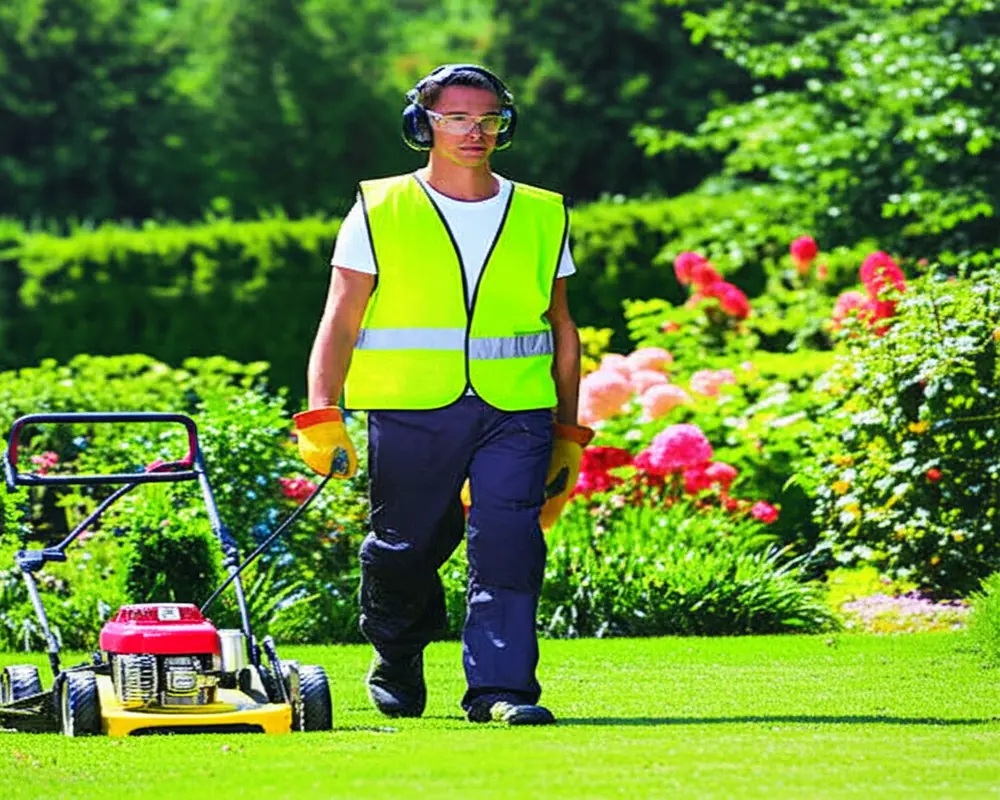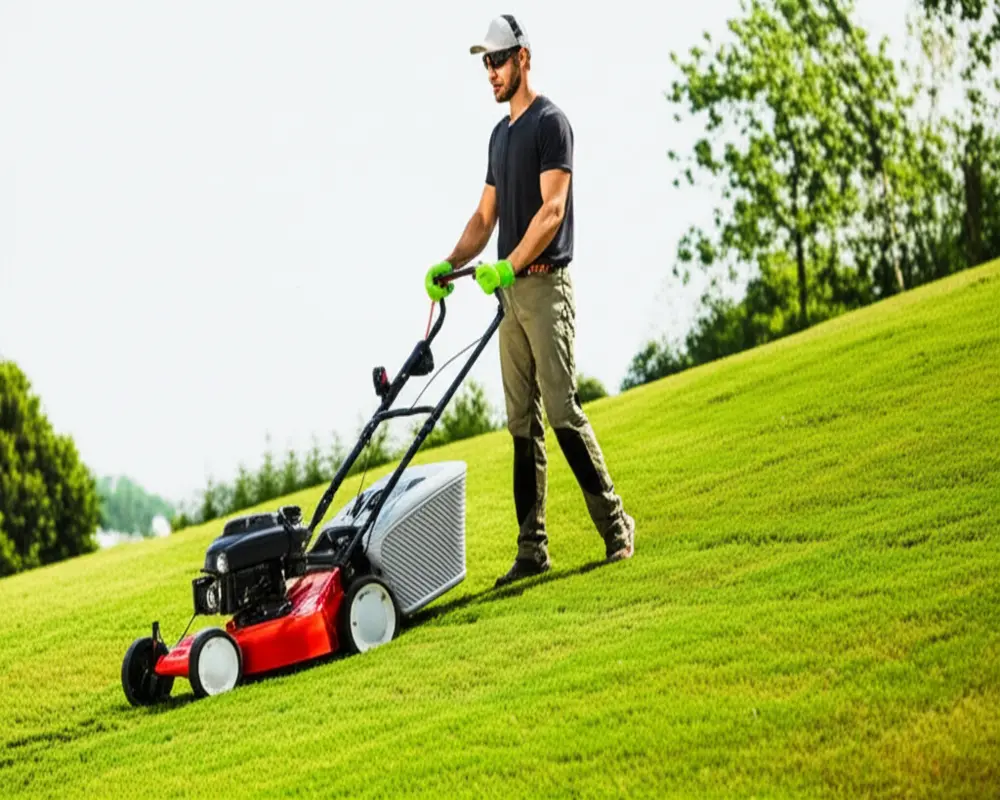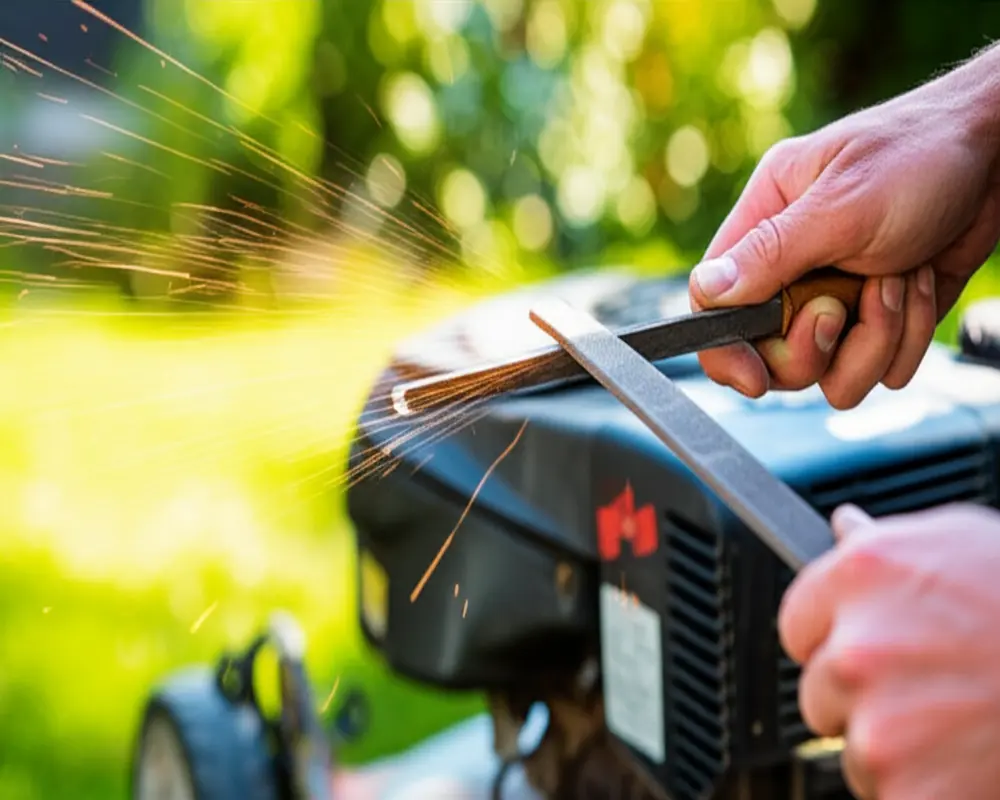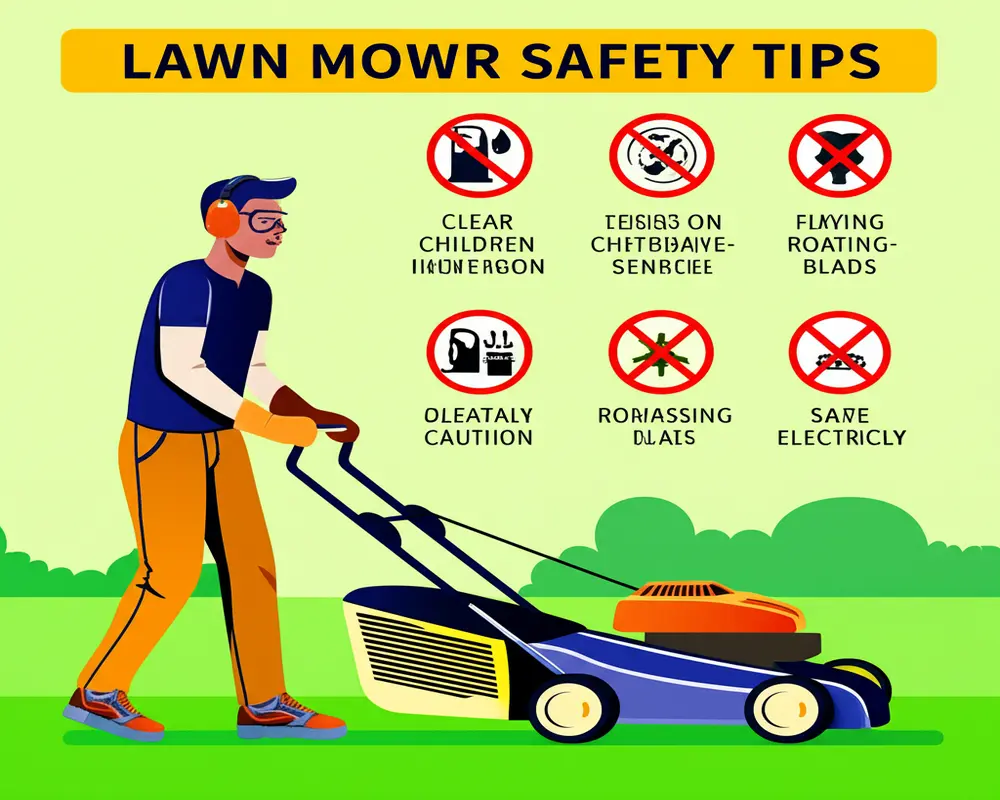Lawn Mower Safety Tips: Ultimate Guide to Prevent Accidents in 2025
Mowing the lawn may seem like a routine chore, but it carries significant risks that can lead to serious injuries. Each year, thousands of individuals face accidents involving lawn mowers, ranging from cuts and lacerations to severe amputations and eye injuries. According to data from the Consumer Product Safety Commission (CPSC), lawn mowers are responsible for a considerable number of emergency room visits annually. Understanding these hazards and adopting comprehensive lawn mower safety tips is essential to protect yourself, your family, and your property.
Thank you for reading this post, don't forget to subscribe!This guide delivers expert advice on how to navigate the risks associated with all types of lawn mowers—whether push, riding, electric, or gas-powered. From pre-mowing preparation and personal protective equipment to correct operation techniques and proper maintenance, you will find detailed instructions to ensure safe lawn mower operation in 2025.
Understanding Lawn Mower Hazards & Risks
Common Injury Types
Lawn mower accidents often lead to various injuries, including:
Cuts and lacerations resulting from direct contact with rotating blades are among the most frequent. These injuries can affect fingers, toes, or other body parts if safety precautions are not followed.
Amputations are a severe consequence, especially when body parts come into contact with the sharp blades during operation or maintenance.
Eye injuries occur when debris—such as stones, sticks, or grass clippings—is thrown by the mower’s blades at high speed. These flying objects can cause serious trauma without proper eye protection.
Burns can result from touching hot engine parts or mishandling fuel. Gasoline and hot surfaces require careful handling to avoid thermal injuries.
Electrocution risks are present when using electric mowers, particularly if cords are damaged or wet conditions prevail.
Hearing loss is another concern due to prolonged exposure to the loud noise generated by gas-powered mowers.
Slips, trips, and falls can happen on uneven terrain or wet grass, increasing the risk of injury while maneuvering the mower.
Key Hazard Sources
The primary sources of hazards during mowing include:
Rotating blades, which are the main cutting mechanism and pose a direct threat if mishandled.
Flying objects such as stones and debris ejected by the blades.
Hot engine surfaces that can cause burns if touched immediately after use.
Flammable fuels like gasoline, which must be stored and handled safely to prevent fires or explosions.
Electrical components including power cords and batteries, which require vigilance to avoid shocks or short circuits.
Noise levels that can damage hearing over time without proper protection.
Rollover risk particularly on slopes or uneven ground when operating riding mowers.
Essential Pre-Mowing Safety Checklist
Personal Protective Equipment (PPE)
Before starting your mower, it is essential to equip yourself with the right protective gear to minimize injury risks. Recommended PPE includes:
Safety goggles that meet the ANSI Z87.1 standard to protect your eyes from flying debris.
Hearing protection such as earplugs or earmuffs to prevent noise-induced hearing loss.
Sturdy, closed-toe shoes to shield your feet from mower blades and objects on the ground.
Long pants and sleeves to protect your skin from cuts, burns, and flying debris.
Gloves are advisable when handling fuel or performing blade maintenance to prevent chemical exposure and cuts.

Lawn Mower Inspection
Perform a thorough inspection of your mower before each use to ensure it is in safe working condition:
Check that blades are sharp and free of damage, as dull or broken blades can cause uneven cutting and increase injury risk.
Verify that all guards and shields are intact and properly positioned to protect you from moving parts.
Test safety controls, including the blade engagement and engine shut-off mechanisms, to confirm they function correctly.
Confirm fuel and oil levels are adequate and free of leaks.
Inspect electrical cords for fraying or damage on electric mowers and ensure batteries are fully charged on cordless models.
Mowing Area Preparation
Prepare the mowing area to eliminate hazards and create a safe environment:
Clear the lawn of debris, such as sticks, stones, toys, and other objects that could be thrown by the mower.
Identify and mark hazards like stumps, holes, or uneven ground that could cause the mower to tip or the operator to trip.
Ensure children and pets are safely away from the mowing area to prevent accidents.
Mark underground utilities or sprinkler systems to avoid damaging them during mowing.
Plan your mowing path and the direction of grass discharge to avoid throwing debris toward people or property.
Fueling and Battery Safety
Handle fuel and batteries with care to prevent fires, explosions, or electrical hazards:
Use approved fuel containers and store gasoline safely away from ignition sources.
Refuel mowers outdoors and only when the engine is cool to prevent fire risks.
Clean up any fuel spills immediately and dispose of rags or absorbents safely.
Handle electric cords and batteries according to manufacturer instructions, avoiding damage and ensuring proper disposal.
Safe Mowing Techniques & Operation
General Practices
Adhering to safe operating practices reduces the risk of accidents:
Never leave a running mower unattended, as it can cause unintended harm.
Maintain a safe distance from the discharge chute and keep bystanders away to avoid injury from flying debris.
Mow in overlapping passes to ensure even cutting and avoid missed patches.
Stay alert to your surroundings, including obstacles, people, and changes in terrain.
Do not carry passengers on riding mowers, as they increase the risk of tipping and injury.
Mowing on Slopes
Slopes require special care to prevent rollovers and loss of control:
When using push mowers, mow across slopes rather than up and down to maintain stability.
For riding mowers, mow up and down slopes, not across, to reduce rollover risk.
Avoid mowing on slopes steeper than recommended by the mower manufacturer.
Use lower gears and reduce speed when mowing inclines for better control.

Obstacle Handling
When encountering obstacles such as sticks or stones:
Always shut off the mower before attempting to clear debris to avoid injury.
Never reach into the mower deck or discharge chute with your hands or feet.
Direct the discharge chute away from people, pets, and fragile property to prevent damage.
Wet Grass
Mowing wet grass increases slipping hazards and can clog the mower:
Avoid mowing wet grass if possible.
If mowing wet areas is necessary, use traction aids such as tire chains and raise the mower deck height.
Exercise caution to maintain balance and prevent falls.
Riding Mower Safety
Operating a riding mower introduces additional safety considerations:
Always use seat belts if your mower is equipped with them.
Engage the parking brake when stopping to prevent unintended movement.
Remain vigilant for rollover risks, especially on slopes and uneven terrain.
Understand the operation of the Power Take-Off (PTO) system before use to avoid entanglement injuries.
Post-Mowing Safety & Storage
Safe Shutdown
After mowing, follow safe shutdown procedures:
Let the engine cool before performing any maintenance or storage activities.
Disconnect the spark plug wire or remove the battery to prevent accidental starting.
Cleaning & Maintenance
Regular maintenance keeps your mower safe and efficient:
Clean the underside of the mower deck frequently to prevent grass buildup, which can affect performance and safety.
Sharpen blades routinely to ensure clean cuts and reduce strain on the mower.
Inspect and tighten all hardware to prevent parts from loosening during operation.
Lubricate moving parts as specified in your mower’s manual.
Store fuel in approved containers in a cool, dry place away from living areas.

Storage
Proper storage protects your mower and prevents accidents:
Store the mower in a secure, dry location inaccessible to children and pets.
Remove debris from the storage area to avoid fire hazards and pest infestations.
Special Considerations for Enhanced Safety
Child and Pet Safety Zones
Establish designated no-go zones for children and pets during mowing:
Educate family members about the dangers associated with lawn mowers.
Implement age restrictions for mower operators; children should not operate mowers without supervision and appropriate training.
Electric Mower Safety
Electric mowers require specific precautions:
Use Ground Fault Circuit Interrupter (GFCI) outlets for corded electric mowers to reduce shock risk.
Avoid cutting through or damaging power cords.
Follow manufacturer guidelines for battery care, charging, and disposal to ensure safety and prolong battery life.
Hearing Protection Importance
Prolonged exposure to mower noise can cause permanent hearing loss:
Wear hearing protection with an appropriate Noise Reduction Rating (NRR) to safeguard your ears.
Understand that consistent use of hearing protection is essential even during short mowing sessions.
First Aid for Injuries
Be prepared to handle injuries that may occur:
Treat minor cuts and bleeding with proper cleaning and bandaging.
For serious injuries such as deep lacerations or amputations, seek immediate medical attention and call emergency services.
Choosing a Safe Lawn Mower
Safety Features to Look For
Selecting a mower with advanced safety features can minimize risks:
Look for models with blade brake clutches or dead-man’s handles that stop the blades quickly when released.
Consider mower designs with safe discharge chutes that direct debris away from the operator and bystanders.
For riding mowers, Roll Over Protection Systems (ROPS) provide added security on uneven terrain.
User-friendly controls and clear safety instructions contribute to safer operation.
Conclusion
Adopting comprehensive lawn mower safety tips is crucial to preventing accidents and injuries. From understanding the hazards and using proper PPE to following safe operating techniques and performing regular maintenance, each step plays a vital role in creating a safe mowing experience.
Stay vigilant, read your mower’s manual thoroughly, and never take shortcuts with safety. Mowing smart ensures that you maintain a beautiful lawn without compromising your well-being.
For further safety insights on gardening tools, consider exploring guides on garden spade rust prevention and garden fork safety tips.
FAQs
What is the most important personal protective equipment when mowing the lawn?
Eye protection, hearing protection, sturdy footwear, and gloves are essential to prevent injuries from flying debris, loud noise, and blade contact.
Can I mow wet grass safely?
It is generally safer to avoid mowing wet grass. If necessary, use traction aids, raise the mower deck height, and proceed cautiously to prevent slipping and mower clogging.
How often should I sharpen lawn mower blades?
Blades should be sharpened at least once per mowing season or more frequently if you notice uneven cuts or damage to the blades.
Is it safe for children to operate lawn mowers?
Children should only operate mowers under strict supervision and when they meet age and maturity requirements. Generally, it is safer to restrict mower operation to adults.
Where can I find more detailed lawn mower safety guidelines?
Authoritative resources include the Consumer Product Safety Commission (CPSC), National Safety Council, and OSHA Lawn Mower Safety guidelines.

